5 reasons why your next phone should be a foldable
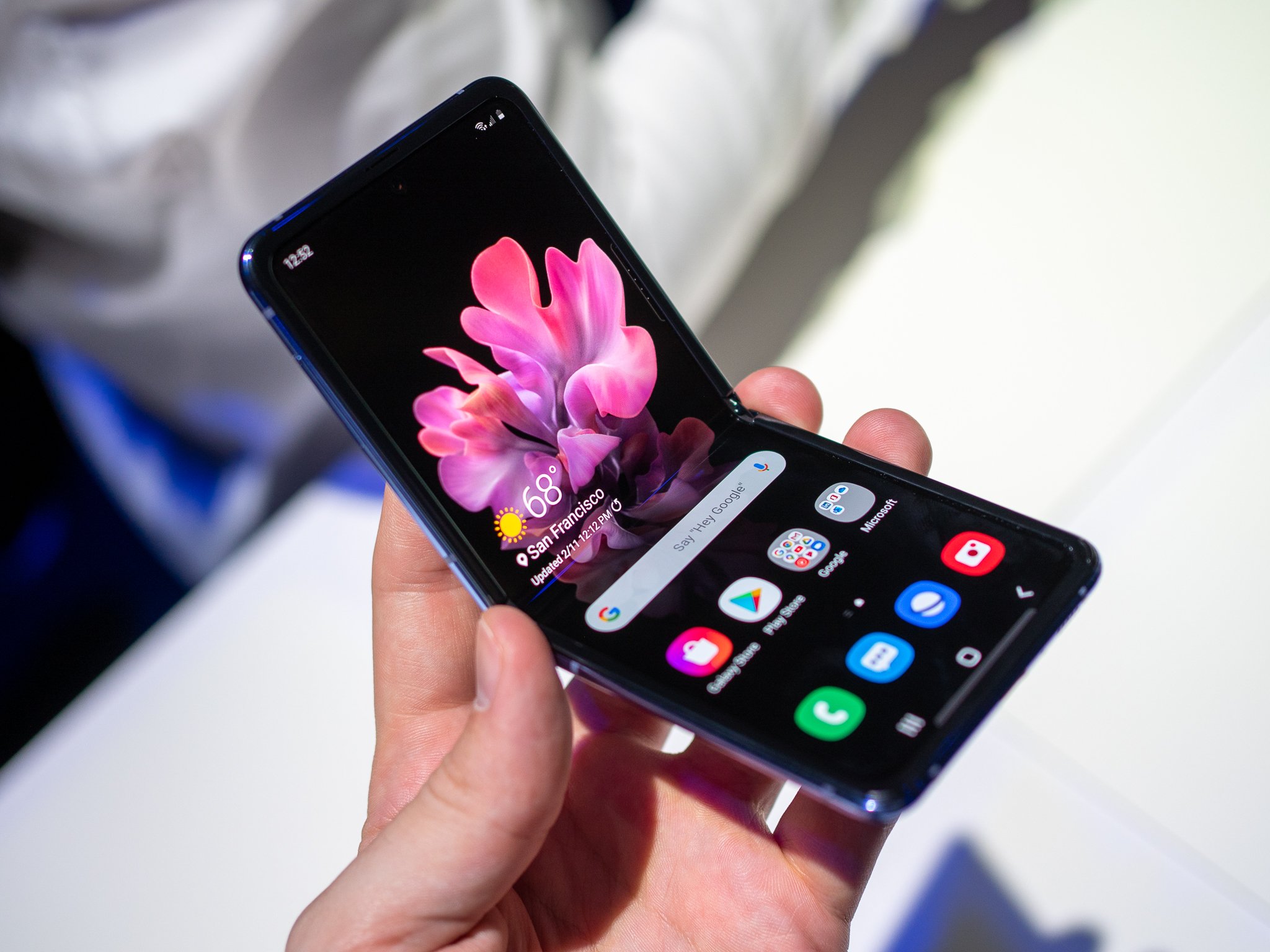
Foldable phones are a major part of the future of mobile. What today seems eccentric luxury tech will in a short period of time come to park itself in the mainstream. Taking the smartphone technology that's transformed our lives over the past decade into a chassis that can fold in half has made for some revolutionary products.
So why should you next phone be a foldable? I've got a few compelling reasons.
The utility
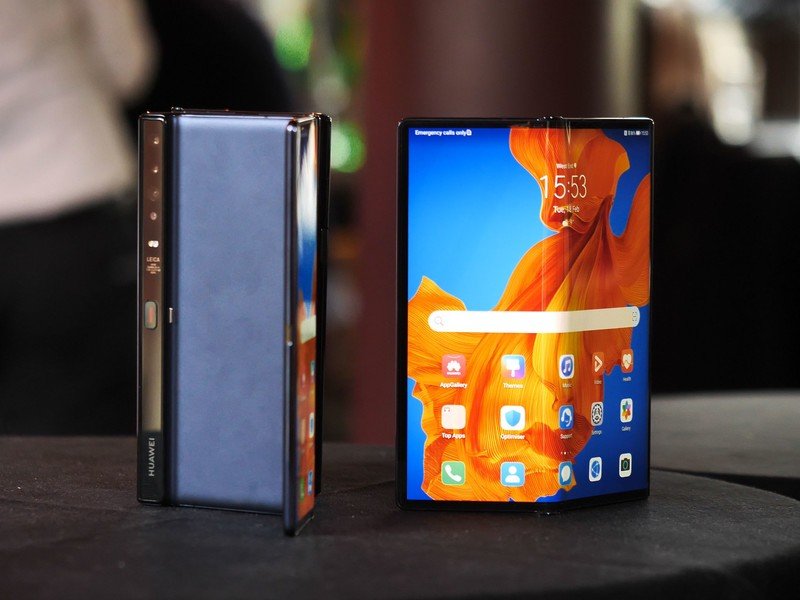
There's real, practical benefit to be found in a foldable.
Whether you're going for a larger foldable like the Samsung Galaxy Fold, or a smaller clamshell device like the Galaxy Z Flip or Motorola RAZR, much of the practical value of a foldable phone is in what it can do. For a larger foldable, you get a bigger, more comfortable canvas for reading books, articles or the web. Likewise, you can more easily split two or three tall smartphone apps across your unfurled, tablet-sized screen.
Even more compact foldables like the Galaxy Z Flip can offer some unique forms of utility. The Z Flip's hinge means it can act as its own tripod for photos with either the front or rear cameras. And some of the preloaded apps offer new functionality when the phone is half-folded, including Google Duo and the camera app. As Android 11's release comes closer, we'll see this feature baked directly into the OS.
The photography
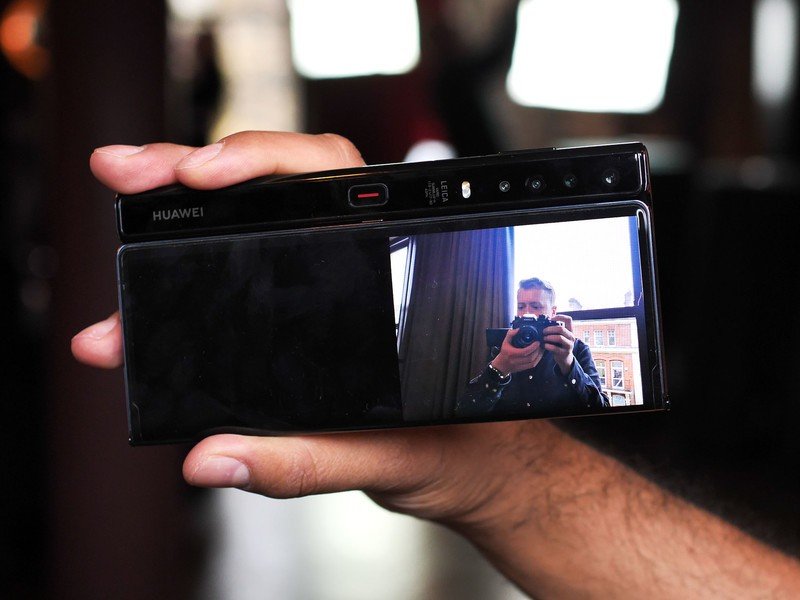
There are other photographic benefits to foldables too, besides the aforementioned tripod trick. For example, take unconventional form factors like the Huawei Mate XS. That device has no inferior front camera setup because there's simply no need
The fact that the phone folds allows you to use all three of the main cameras in selfies as well as regular photography.
And even the Galaxy Z Flip, with its two rear cameras, has benefits because of its tiny rear-mounted screen. It's a handy framing tool for taking selfies using the two main cameras which, though fiddly, gives you just enough feedback to frame up your shot.
Be an expert in 5 minutes
Get the latest news from Android Central, your trusted companion in the world of Android
The portability
Whether you opt for a large or small form factor foldable, you're basically doubling the footprint of the device you can fit in your pocket. For big-screened devices, that means the ability to take a tablet-sized display with you everywhere. For newer clamshell foldables, it means having a "normal" large-sized smartphone in a package that's more friendly to your hands, bag or pockets.
Put a small tablet in your pocket, or make a big phone more pocket-friendly.
The extra protection afforded by a foldable phone also means you're more likely to feel safe carrying a new foldable phone in a handbag or rucksack without adding a bulky case.
The value
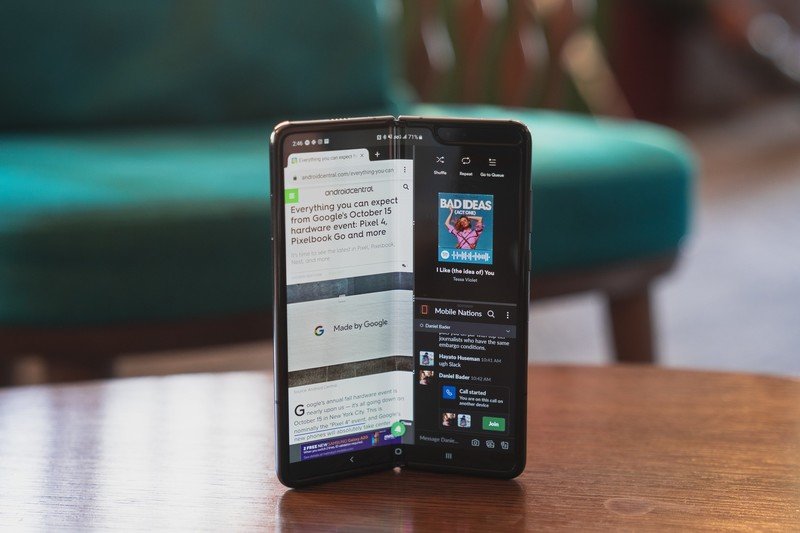
Nobody's going to argue that foldable phones, in 2020, aren't expensive. Conservatively, you're looking at a premium of several hundred dollars over a comparable non-foldable model. (See, for instance, the Galaxy Z Flip next to the Galaxy S10e.) But the nature of foldable phones means that they'll likely end up taking the place of two devices in your loadout.
Take the Galaxy Fold or Huawei Mate XS, for instance. A mid-tier LTE tablet and a high-end smartphone is going to end up costing you more, and taking up more space in your bag or suitcase. Plus there's the hassle of keeping content in sync across multiple gadgets, and the fact that most Android tablets just aren't great in general.
The cool factor
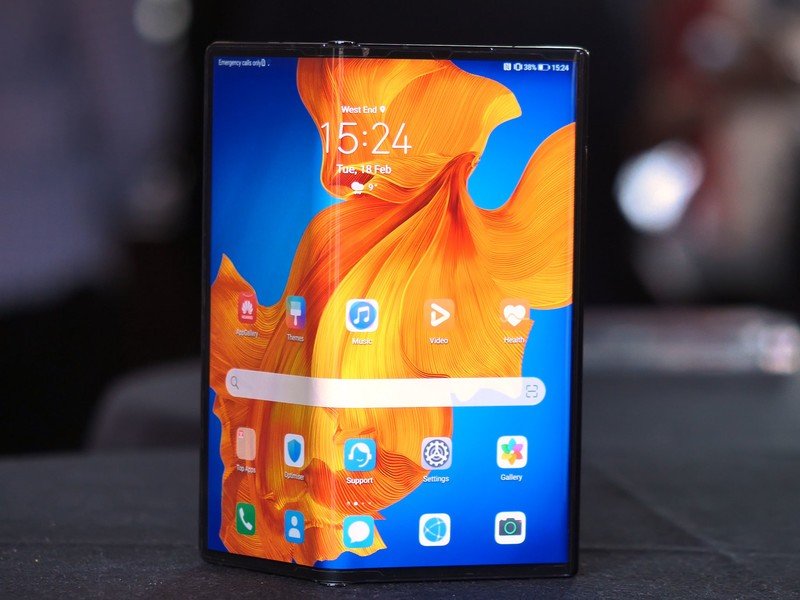
Outside of any rational argument, let's just agree that foldable phones are cool. Foldable screen tech has been under development for the better part of a decade, and the fact that we can now build a full consumer device around it is truly a triumph of technology.
You're also going to turn more heads carrying a foldable phone than a standard glass slab. If you've spoken to someone who owns one, they'll tell you that people are curious and genuinely wowed by the sight of a phone that folds in half.

Alex was with Android Central for over a decade, producing written and video content for the site, and served as global Executive Editor from 2016 to 2022.
